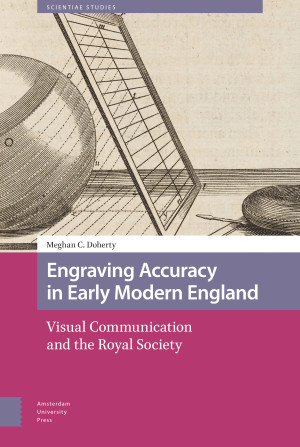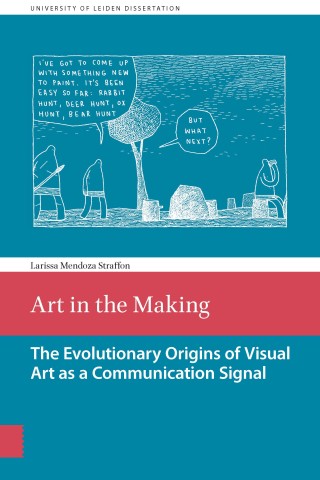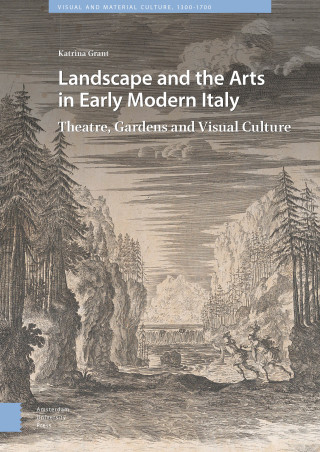Meghan Doherty
Meghan C. Doherty is the Director of the Museum of the White Mountains at Plymouth State University in Plymouth, NH. Her research focuses on the connections between art and science, particularly as seen in the visual culture of the early Royal Society of London.




